Top Mistakes on the Inca Trail (and Smart Ways to Avoid Them)
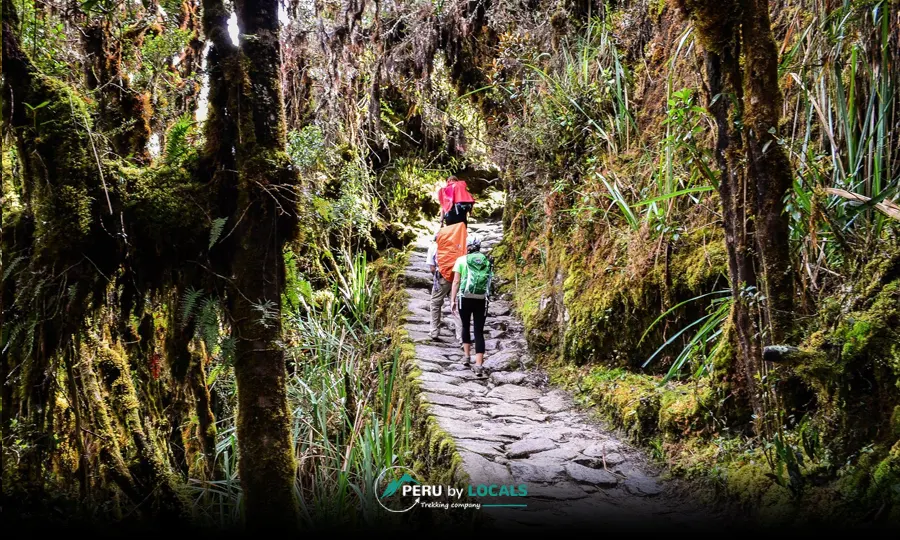
Mistakes on the Inca Trail
Hiking the Inca Trail is a once-in-a-lifetime adventure that blends physical challenge, cultural immersion, and natural beauty into a four-day journey through the heart of the Andes. Reaching the Sun Gate and gazing upon Machu Picchu at sunrise is a dream for many. Yet, this dream can easily be disrupted by poor planning and a lack of preparation. From altitude sickness to improper gear, trekkers often commit avoidable missteps. In this comprehensive guide, we’ll explore the most common mistakes on the Inca Trail and how you can avoid them to ensure a safe, rewarding, and unforgettable experience.
Inca Trail Video
This video capture follows travelers along the legendary Inca Trail to Machu Picchu. From ancient stone paths to breathtaking mountain views, witness the beauty, spirit, and adventure of one of the world’s most iconic treks. A journey through history and nature like no other.
Ver esta publicación en Instagram
1. Underestimating the Physical Demands
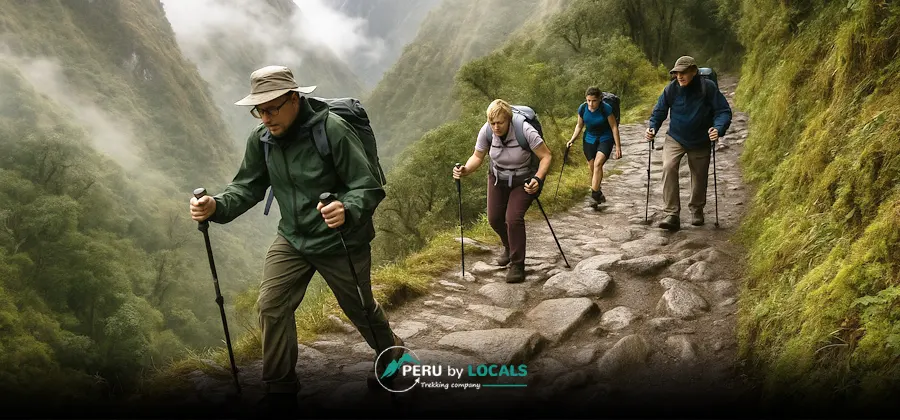
Inca Trail – Physical Demands
Perhaps the most widespread mistake among first-time hikers is assuming the trail is a casual walk. The Inca Trail is a physically demanding trek that stretches over 42 kilometers (26 miles), with multiple steep ascents and descents, and altitudes that reach as high as 4,215 meters (13,828 feet) at Dead Woman’s Pass.
How to Prepare
- Start training 2–3 months in advance: Include cardio (running, cycling), resistance training, and weekly hikes on hilly terrain.
- Practice long-distance walks: Aim for walks over 10 km with a loaded backpack.
- Strengthen your legs: Focus on exercises like squats, lunges, and step-ups to build endurance.
2. Neglecting Altitude Acclimatization
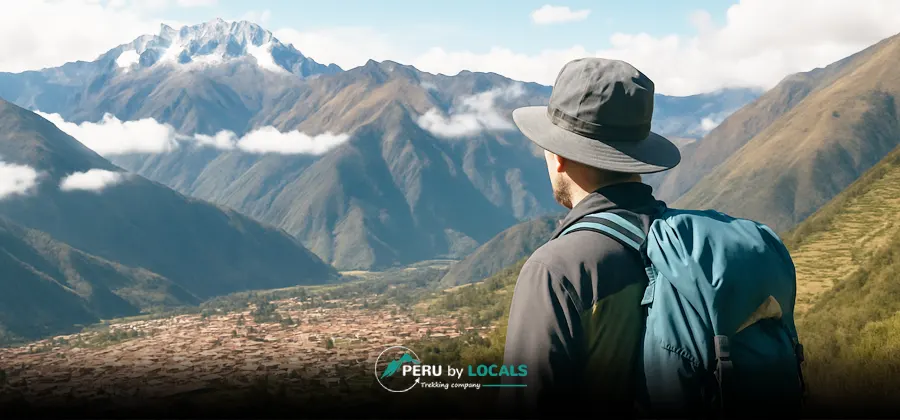
Inca Trail – Acclimatization
The high altitude is one of the biggest challenges on the trail. Not taking time to acclimatize in Cusco before beginning your trek is one of the most common mistakes on the Inca Trail. Altitude sickness can affect anyone, regardless of fitness level.
Tips for Acclimatization
- Spend at least 2 full days in Cusco or the Sacred Valley before the trek.
- Stay hydrated and avoid alcohol and heavy meals before the hike.
- Consider herbal teas like coca or muña to ease symptoms.
- If prone to altitude sickness, consult a doctor about medication like acetazolamide.
3. Choosing Inappropriate Gear
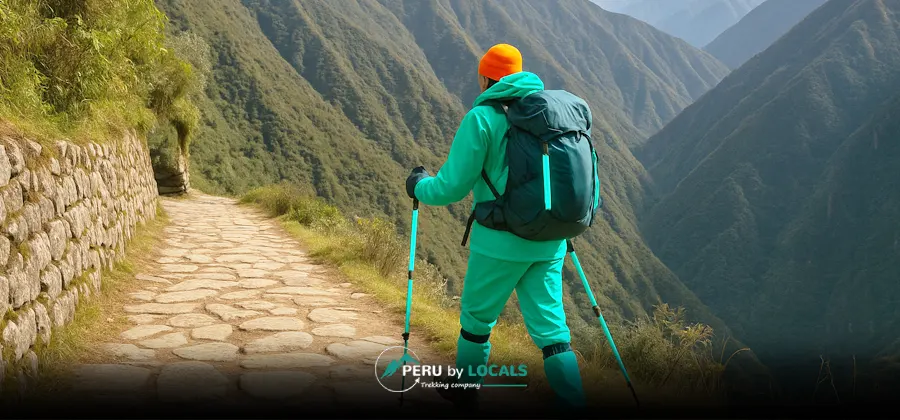
Inca Trail – Inappropriate Gear
Packing the wrong gear is one of the more easily preventable mistakes on the Inca Trail. Weather in the Andes is highly variable, with intense sun, rain, and cold—sometimes all in a single day.
Gear Essentials
| Item | Advice |
|---|---|
| Boots | Waterproof, ankle support, well broken-in |
| Backpack | 30–50L with rain cover and hip straps |
| Clothing | Layered system: base (moisture-wicking), mid (fleece), outer (waterproof shell) |
| Accessories | Hat, gloves, sunglasses, trekking poles, headlamp |
4. Booking Too Late
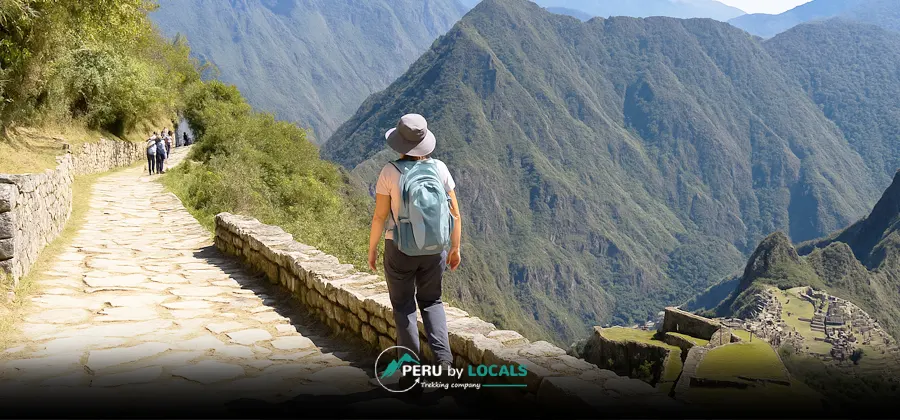
Inca Trail – Booking Too Late
Permits for the Inca Trail are limited to 500 people per day, including guides and porters. Booking too late—especially during peak season—is a common and frustrating mistake.
Smart Booking Strategies
- Book your trek at least 4–6 months in advance.
- Consider shoulder seasons (April and October) for better availability and fewer crowds.
- Verify that your tour operator includes the permit in your package.
5. Ignoring Weather Conditions
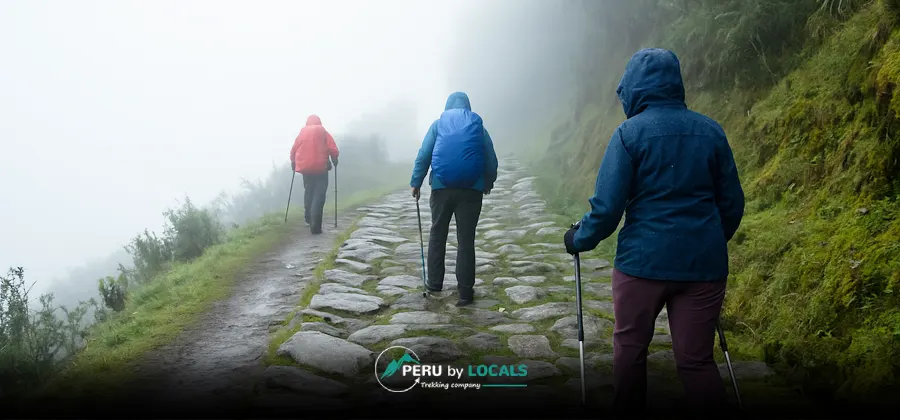
Inca Trail – Weather Conditions
Many trekkers don’t fully understand the mountain climate and assume that dry season means warm weather. Even in June or July, nighttime temperatures can drop below freezing. Meanwhile, rain showers can hit unexpectedly, especially in shoulder months.
Prepare for Every Scenario
- Always pack a lightweight rain jacket and waterproof pants.
- Bring a warm hat, gloves, and thermal layers.
- Keep a dry bag or plastic liners inside your pack to protect gear.
6. Poor Nutrition and Hydration
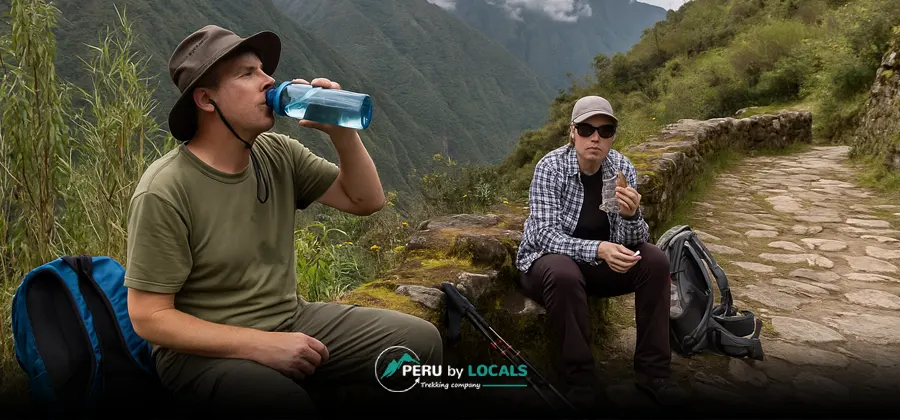
Inca Trail – Nutrition and Hydration
Another one of the common mistakes on the Inca Trail is not eating or drinking enough. The body needs constant fuel to function at high altitudes.
Energy Tips
- Eat frequent small meals and snacks rich in carbs and healthy fats.
- Drink at least 3 liters of water daily. Use purification tablets or a filter.
- Avoid alcohol and limit caffeine.
7. Not Hiring a Professional Guide
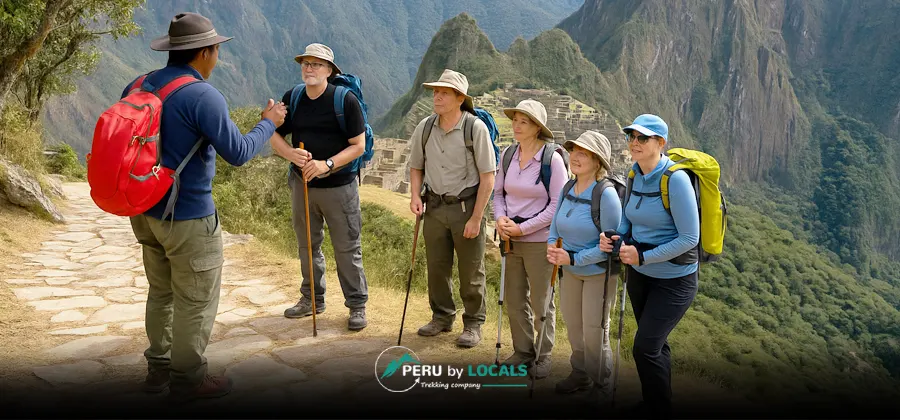
Inca Trail – Professional Guide
Even though it’s required, some travelers underestimate the value of an experienced, knowledgeable guide. A skilled guide ensures your safety, enriches the experience with stories and insights, and assists in case of emergencies.
What to Look For
- Certified guides trained in first aid and local history.
- Small group sizes for a more personalized experience.
- Good reviews from past hikers.
8. Disrespecting Cultural and Environmental Norms
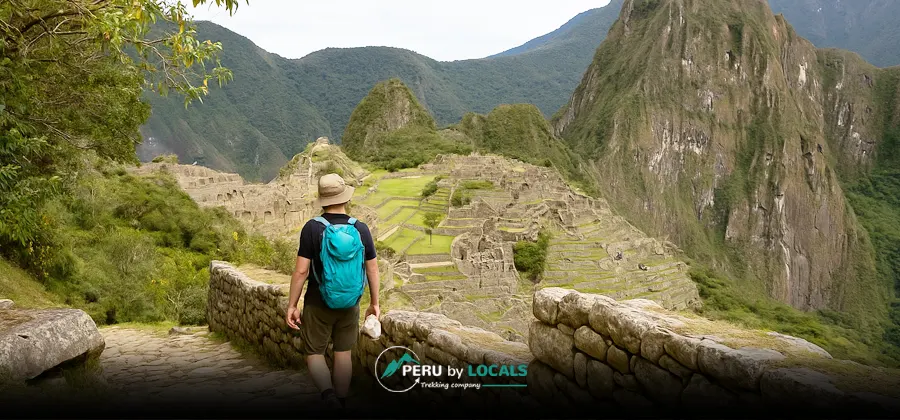
Inca Trail – Cultural and Environmental Norms
Among the most regrettable mistakes on the Inca Trail is causing unintentional harm to the environment or local communities. The trail is both a sacred place and an ecological treasure.
Respect the Trail
- Stick to the path—don’t climb ruins or touch sacred structures.
- Carry out all trash, including toilet paper.
- Support local communities by buying crafts or food responsibly.
9. Failing to Train Mentally
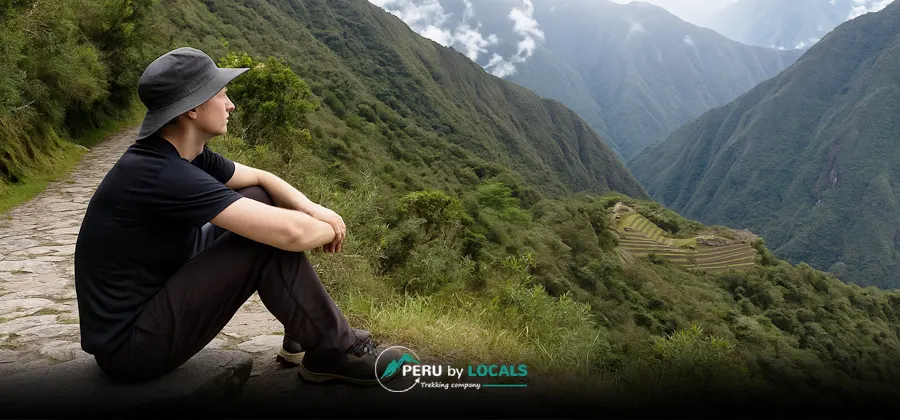
Inca Trail – Train Mentally
The Inca Trail is a mental challenge as much as a physical one. Long days, tough climbs, and fatigue can wear on even seasoned trekkers.
Build Mental Resilience
- Set realistic expectations: it will be tough, but it’s worth it.
- Practice mindfulness or breathing techniques to stay focused.
- Remind yourself why you’re doing it—whether for history, adventure, or self-discovery.
10. Overpacking or Underpacking
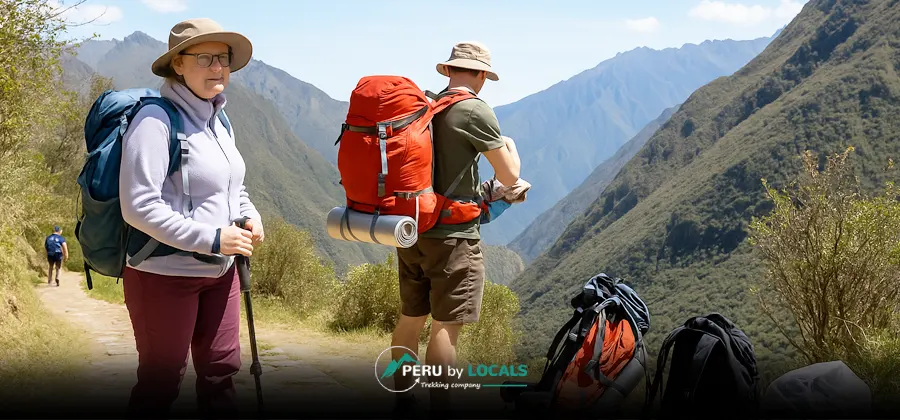
Inca Trail – Overpacking or Underpacking
Finding the right balance is tricky. Overpacking can weigh you down. Underpacking leaves you vulnerable to changing conditions. Both are common mistakes on the Inca Trail.
What to Pack and What to Skip
- Must-haves: headlamp, water purification tablets, dry socks, quick-dry towel, sunscreen, lip balm, personal medication.
- Leave behind: heavy books, excessive clothing, full-size toiletries, multiple gadgets.
Conclusion: Hike Smarter, Not Harder
The Inca Trail is much more than a physical trek—it’s a journey through time, culture, and self-discovery. Avoiding these common mistakes on the Inca Trail can make the difference between a grueling experience and a joyful adventure. Prepare well, pack wisely, and respect the trail and its traditions. Your reward will be far greater than just reaching Machu Picchu—it will be the personal growth and awe inspired by every step of this historic route.
Ready to make the most of your trek? Choose the right team, plan ahead, and go with an open heart. The Andes are waiting for you.













